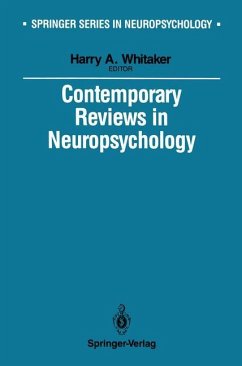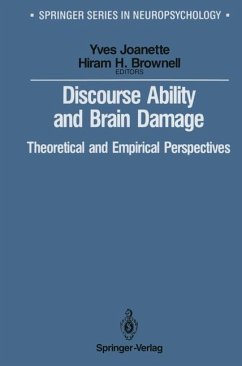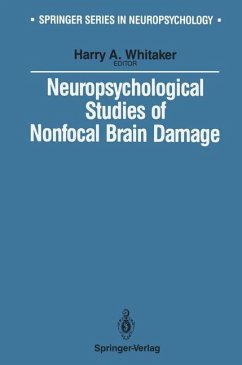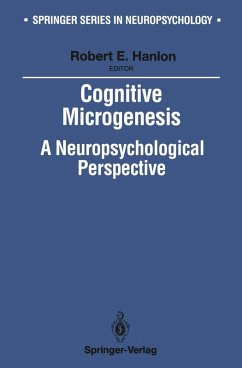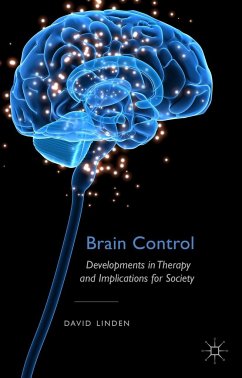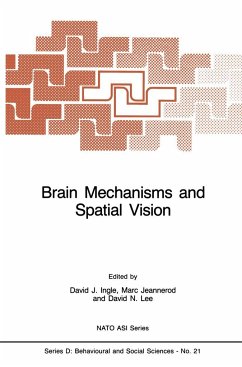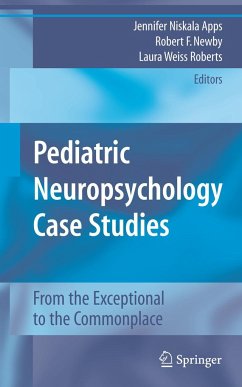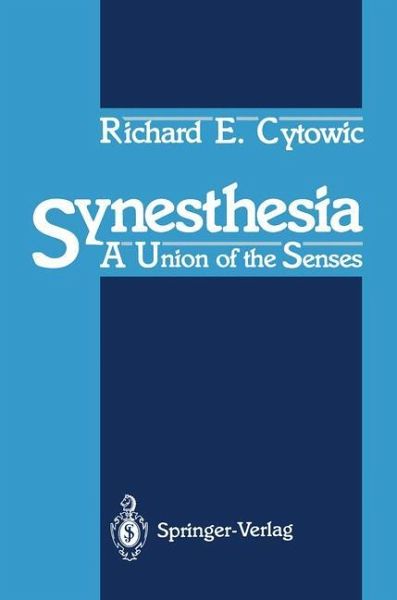
Synesthesia
A Union of the Senses
Mitarbeit: Ommaya, Ayub K.

PAYBACK Punkte
20 °P sammeln!
Synesthesia comes from the Greek syn (meaning union) and aisthesis (sensation), literally interpreted as a joining of the senses. Synesthesia is an involuntary joining in which the real information from one sense is joined or accompanies a perception in another. Dr. Cytowic reports extensive research into the physical, psychological, neural, and familial background of a group of synesthets. His findings form the first complete picture of the brain mechanisms that underlie this remarkable perceptual experience. His research demonstrates that this rare condition is brain-based and perceptual and...
Synesthesia comes from the Greek syn (meaning union) and aisthesis (sensation), literally interpreted as a joining of the senses. Synesthesia is an involuntary joining in which the real information from one sense is joined or accompanies a perception in another. Dr. Cytowic reports extensive research into the physical, psychological, neural, and familial background of a group of synesthets. His findings form the first complete picture of the brain mechanisms that underlie this remarkable perceptual experience. His research demonstrates that this rare condition is brain-based and perceptual and not mind-based, as is the case with memory or imagery. Synesthesia offers a unique and detailed study of a condition which has confounded scientists for more than 200 years.





